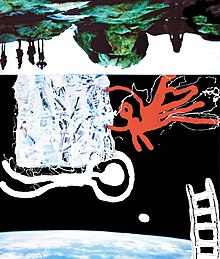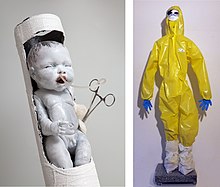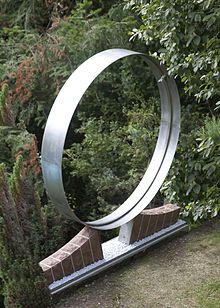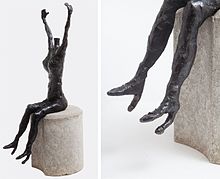Ada Mee | |
|---|---|
| Born | 1946 (age 77–78) Thuringia, Germany |
| Nationality | German |
| Occupations |
|
| Children | 1 |
| Website | www |

Ada Mee (born 1946) is a German artist based in Heidelberg. She works across various mediums, including painting, lithography, and photography.
Ada Mee was born 1946 in Thuringia and lived in Jena until her escape to the Federal Republic of Germany in 1952. She grew up in Bremen, the Eifel, the Swabian Jura, and in Stuttgart, where she graduated from school. She studied architecture in Karlsruhe, finishing as a qualified engineer.[1] She currently lives in Heidelberg and is married with one daughter.




Mee is a member of the Bundesverband Bildender Künstlerinnen und Künstler (German Association of Fine Artists), the Heidelberger Forum für Kunst (Arts Forum of Heidelberg)[2] and the Kunsthöfle Gallery in Stuttgart-Bad Cannstatt.[3]
Mee's materials include acrylic paint, watercolour, gouache, pencil, Indian ink on wood, card and various paper types.
Mee refers to her photo art on canvas as "application art," which involves the artistic transformation and/or modification of primary structures through painting and/or digital plots. In her creative process, Ada Mee combines painting with her own photographs, manipulating forms and designs on the computer. She makes changes to the shapes, adjusts colors, and paints realistically and/or digitally until she feels a personal connection with her work.
Heavy opposed intellectual worlds collide in her re-enacted stagings, fantasies mixed with realities which often illustrate the shattering truth. One example is Das Wunder von Puijang (en: The Wonder of Puijang) which shows an infant born while the mother was squatting over a toilet, who slipped into a waste tube and was saved.